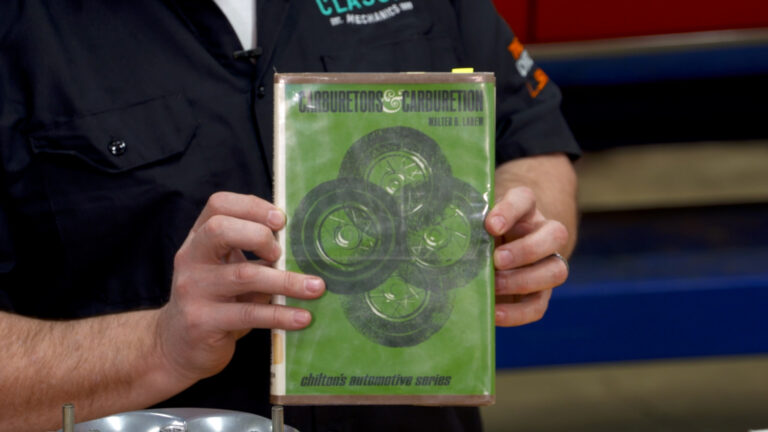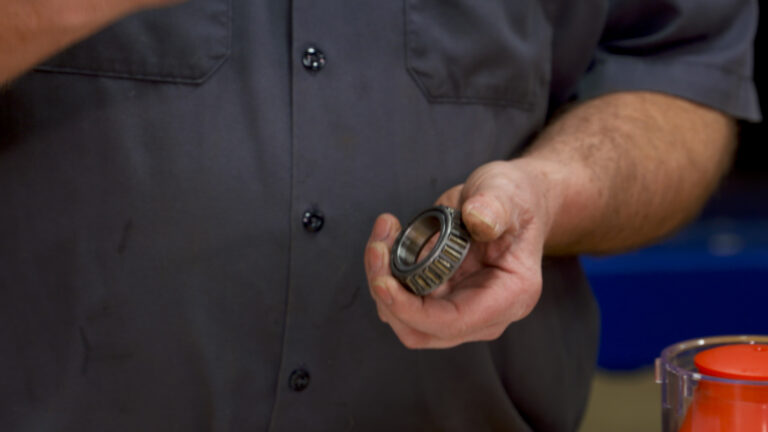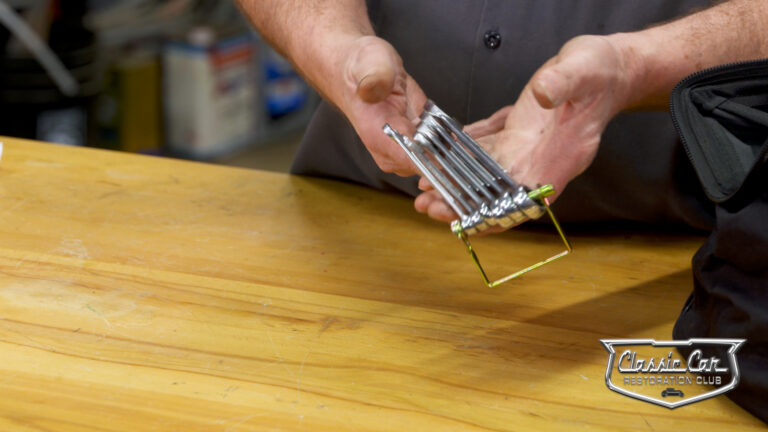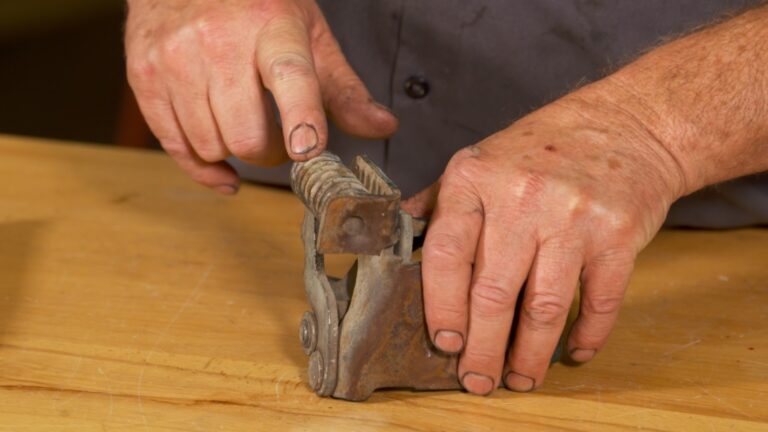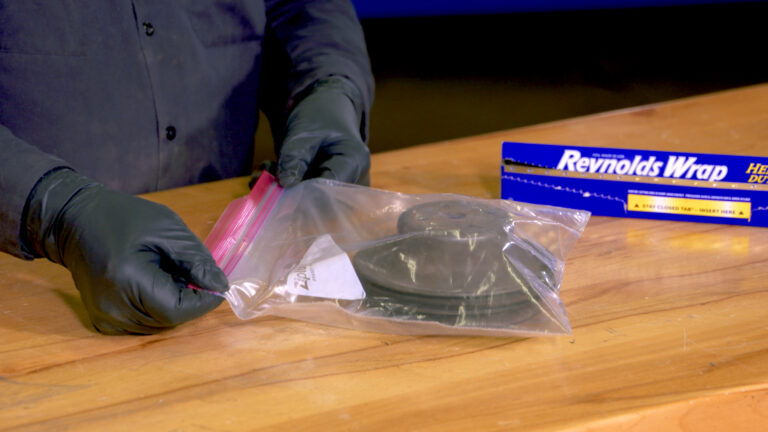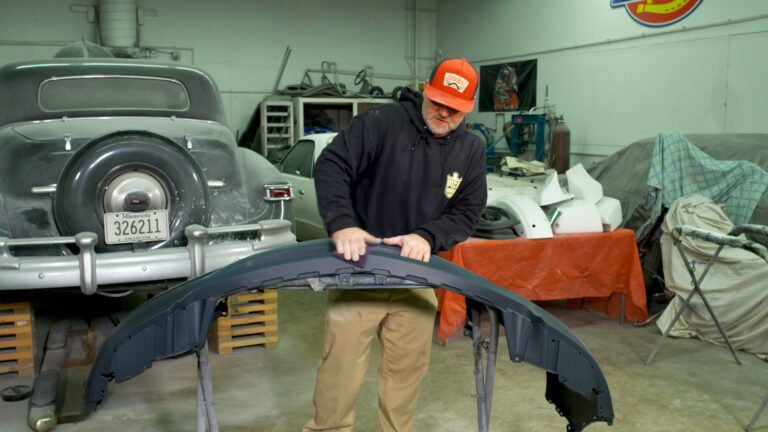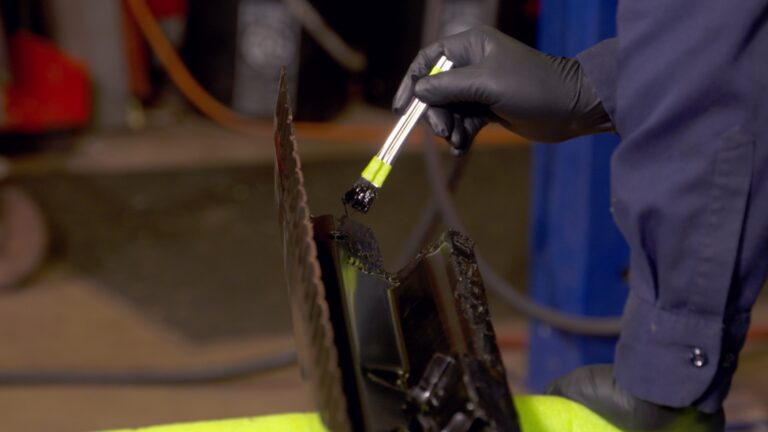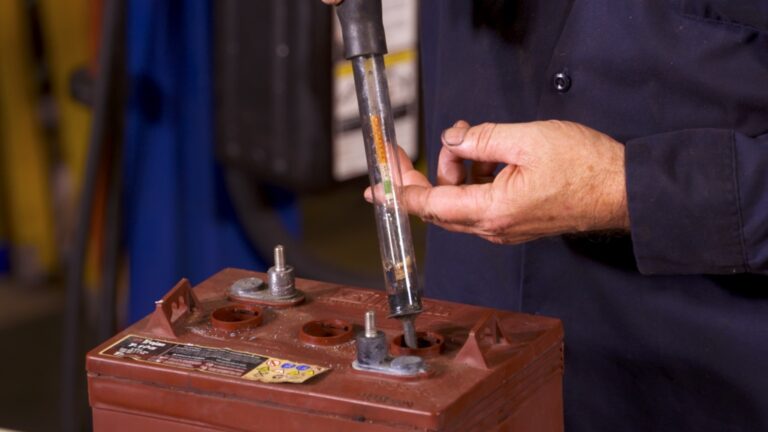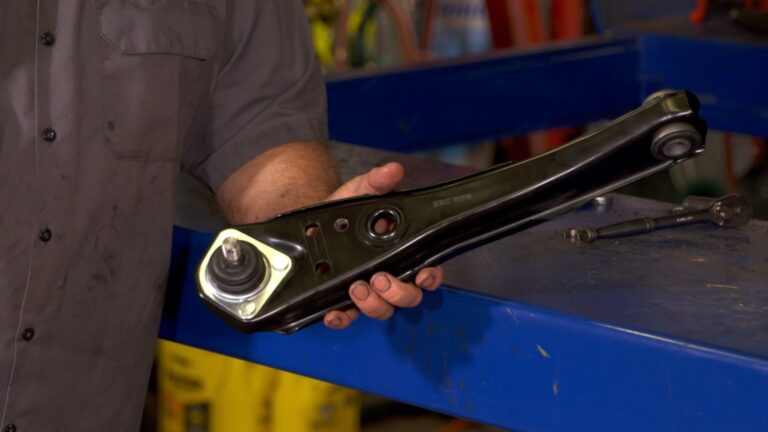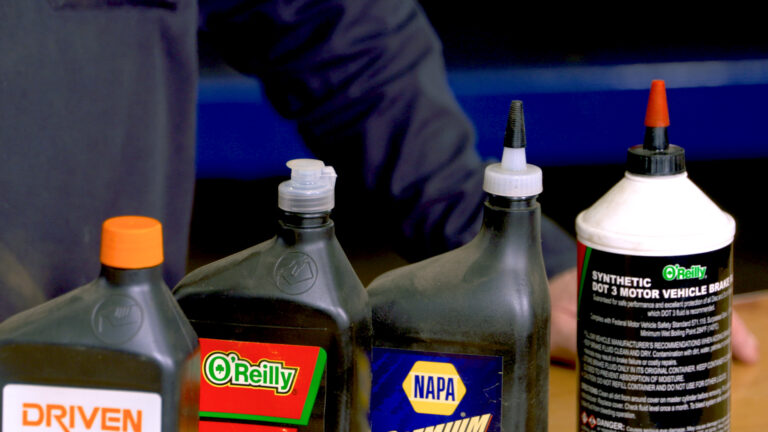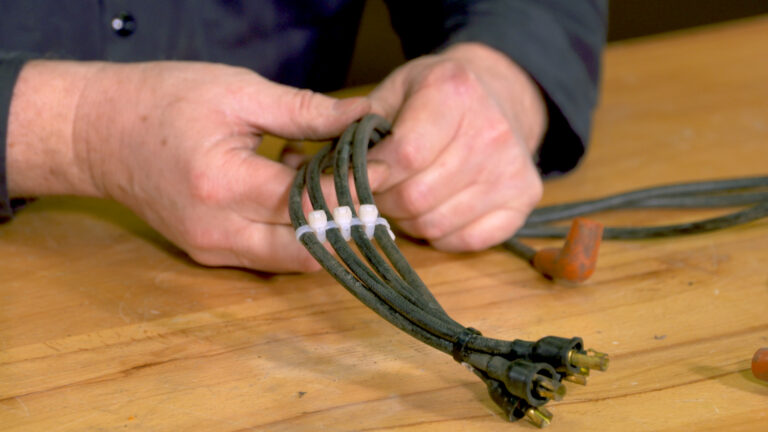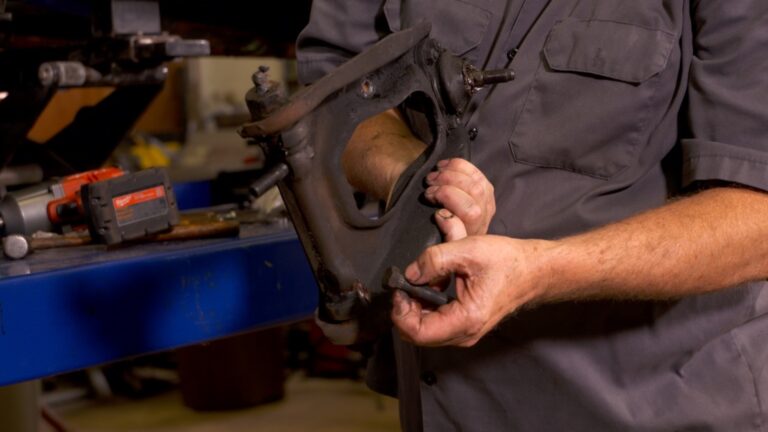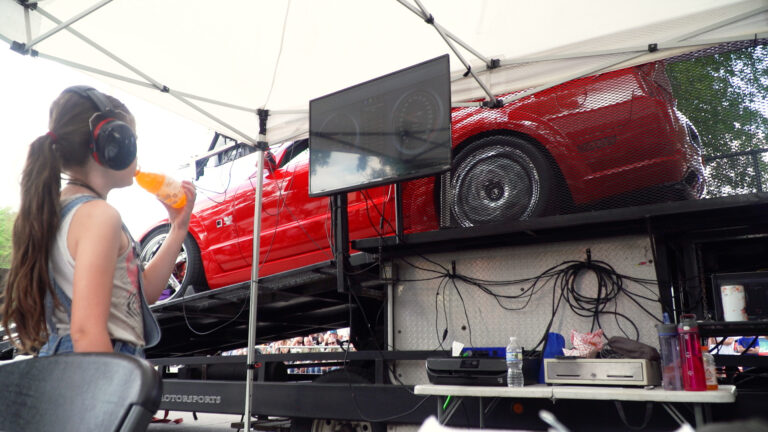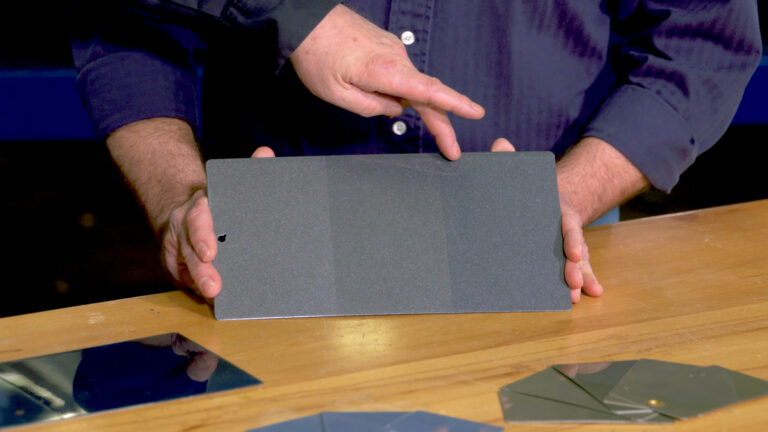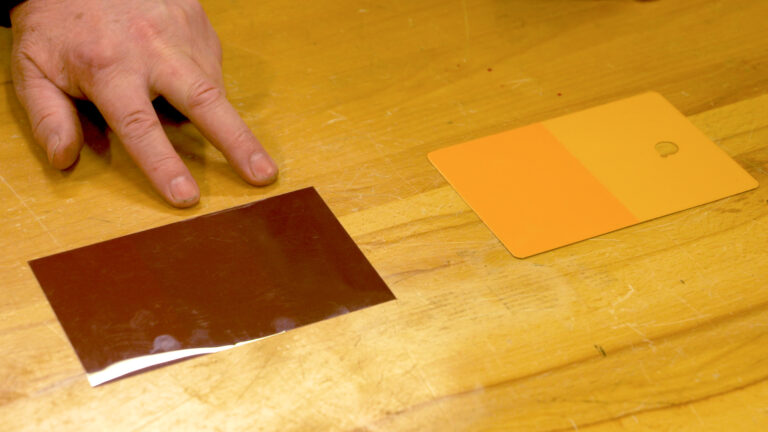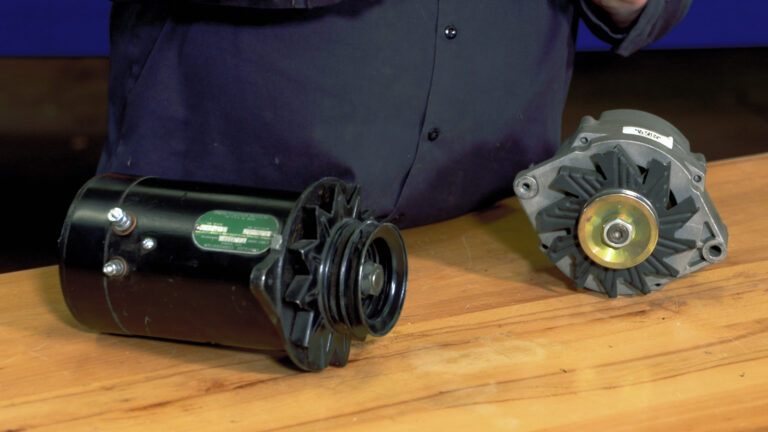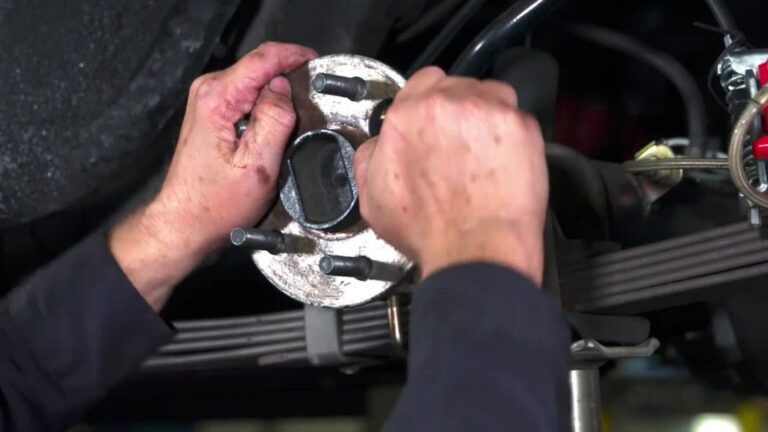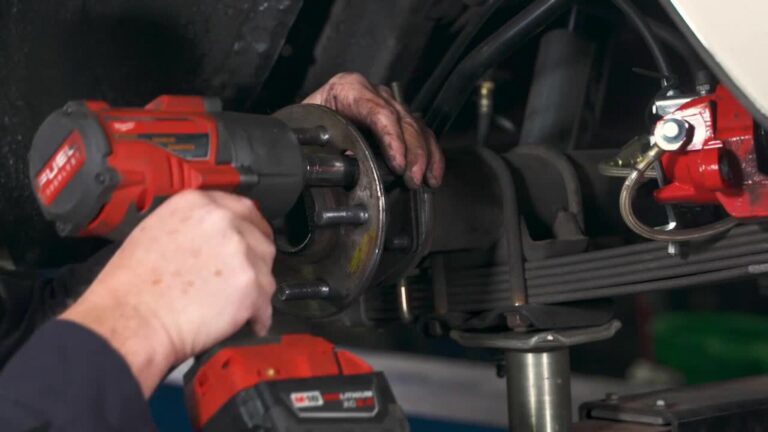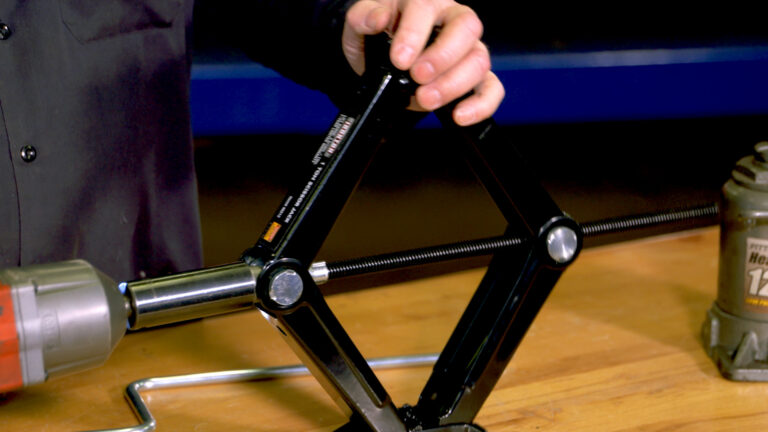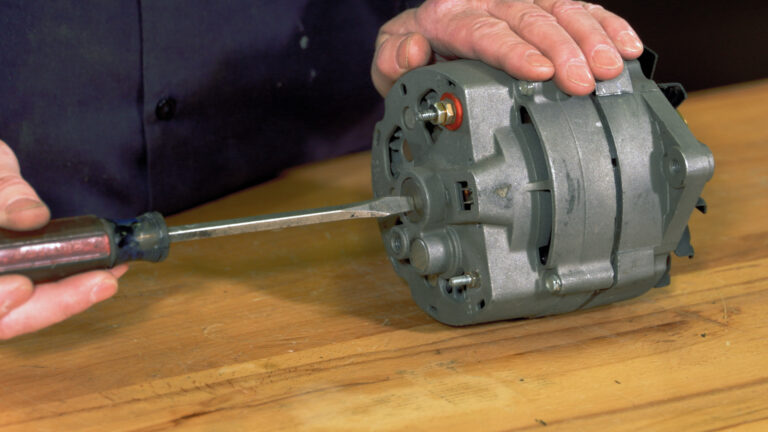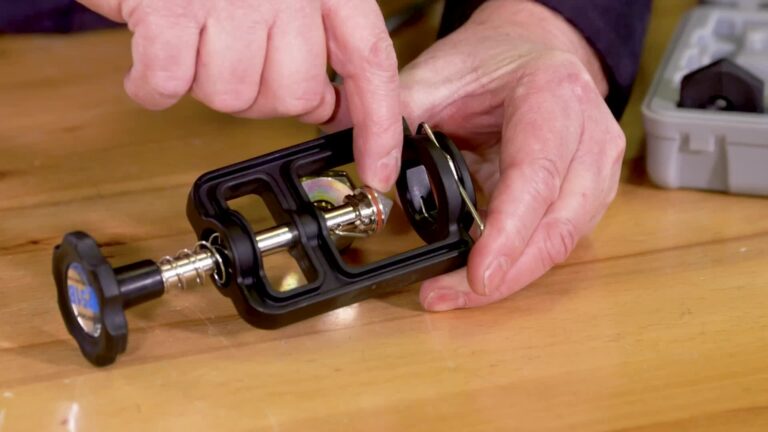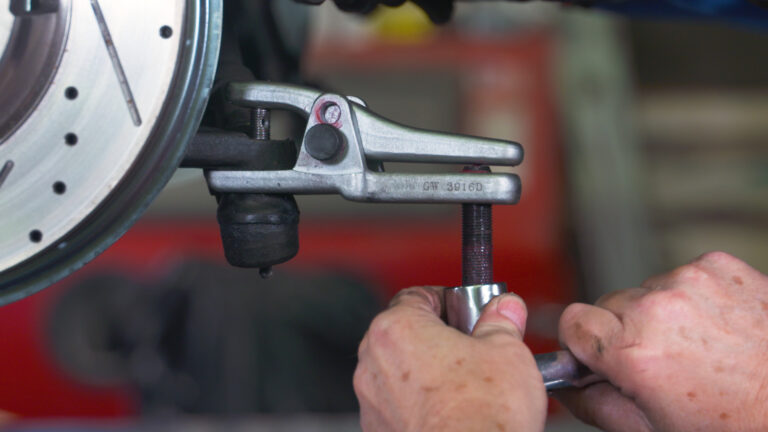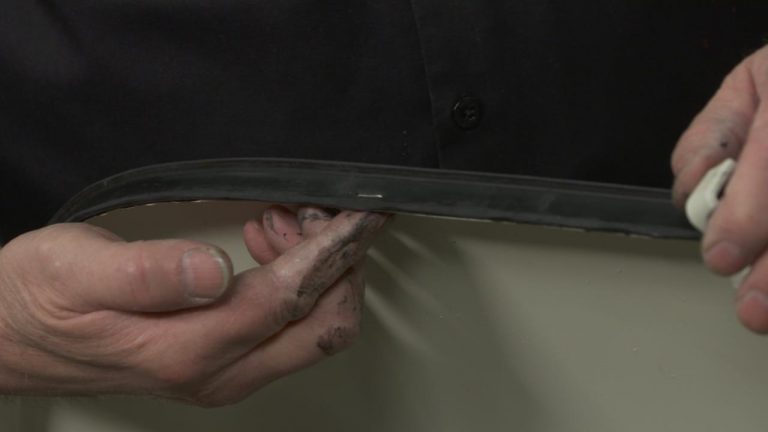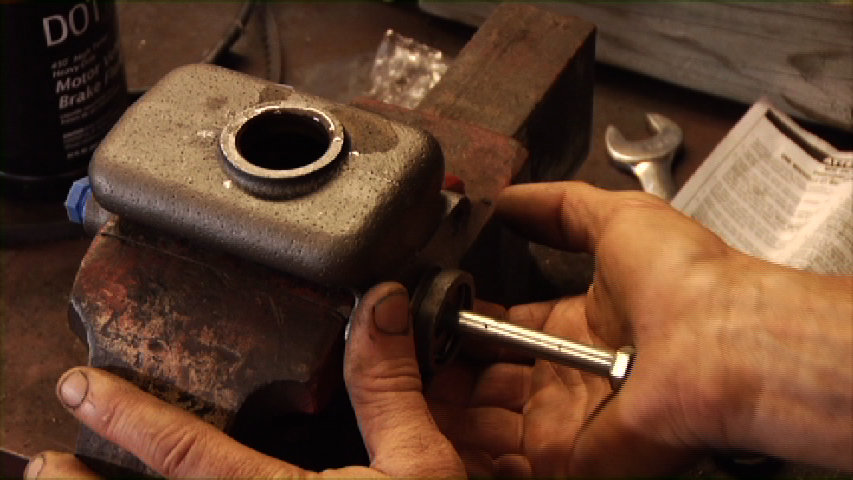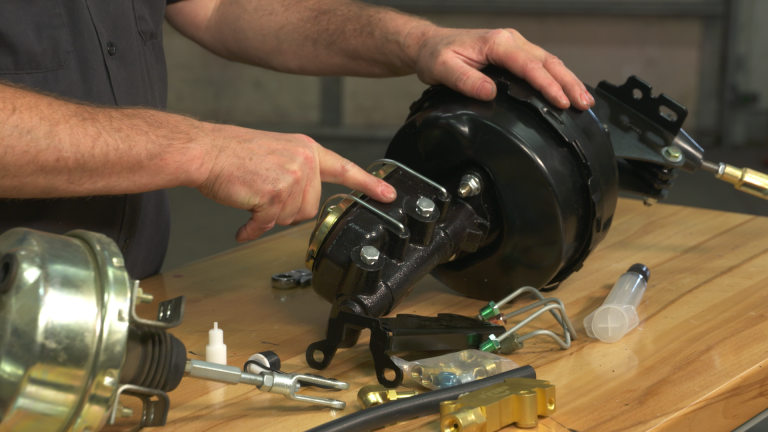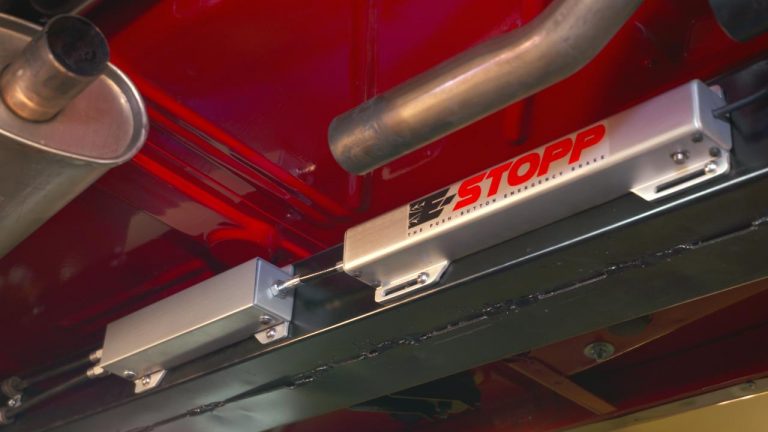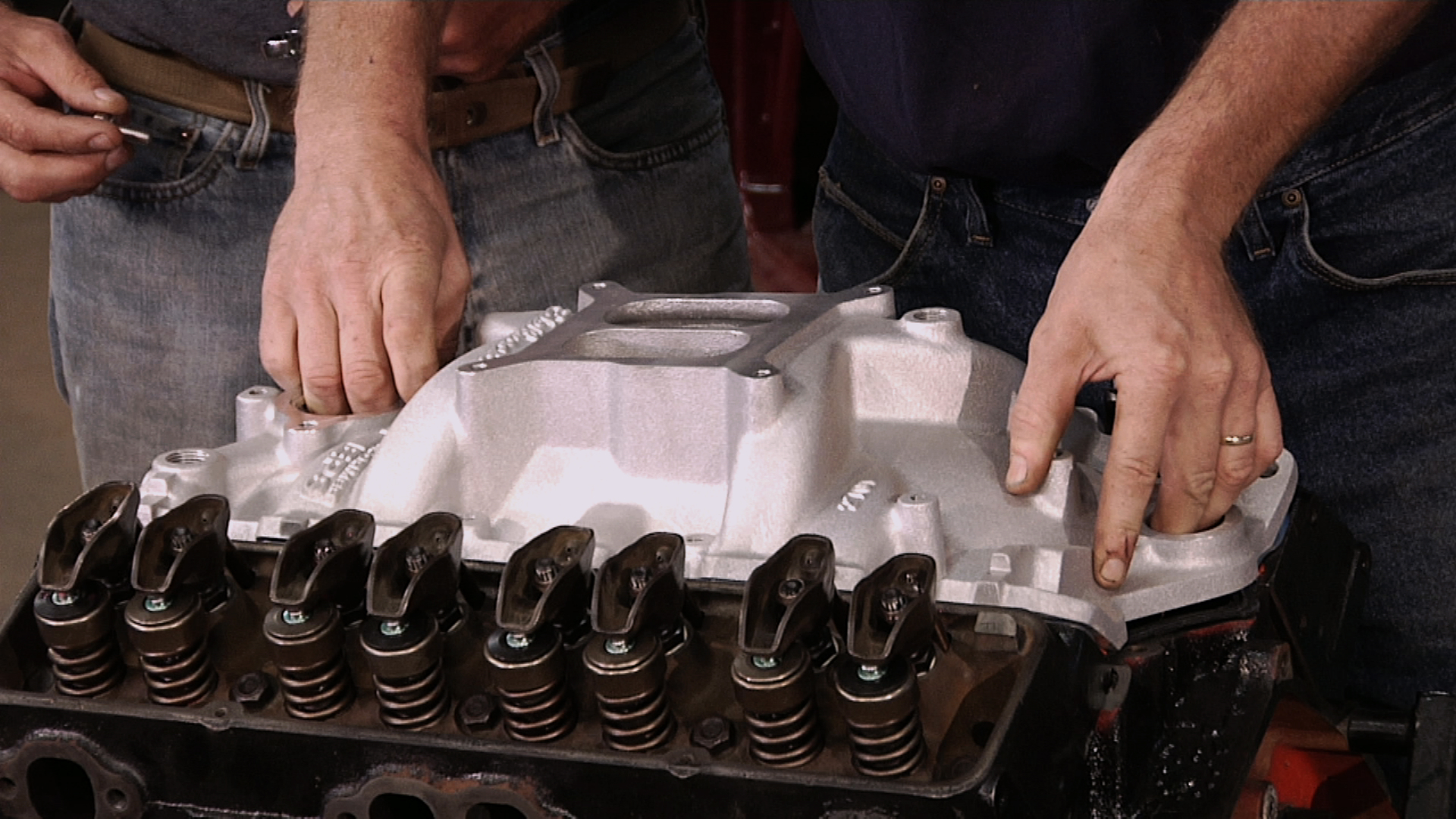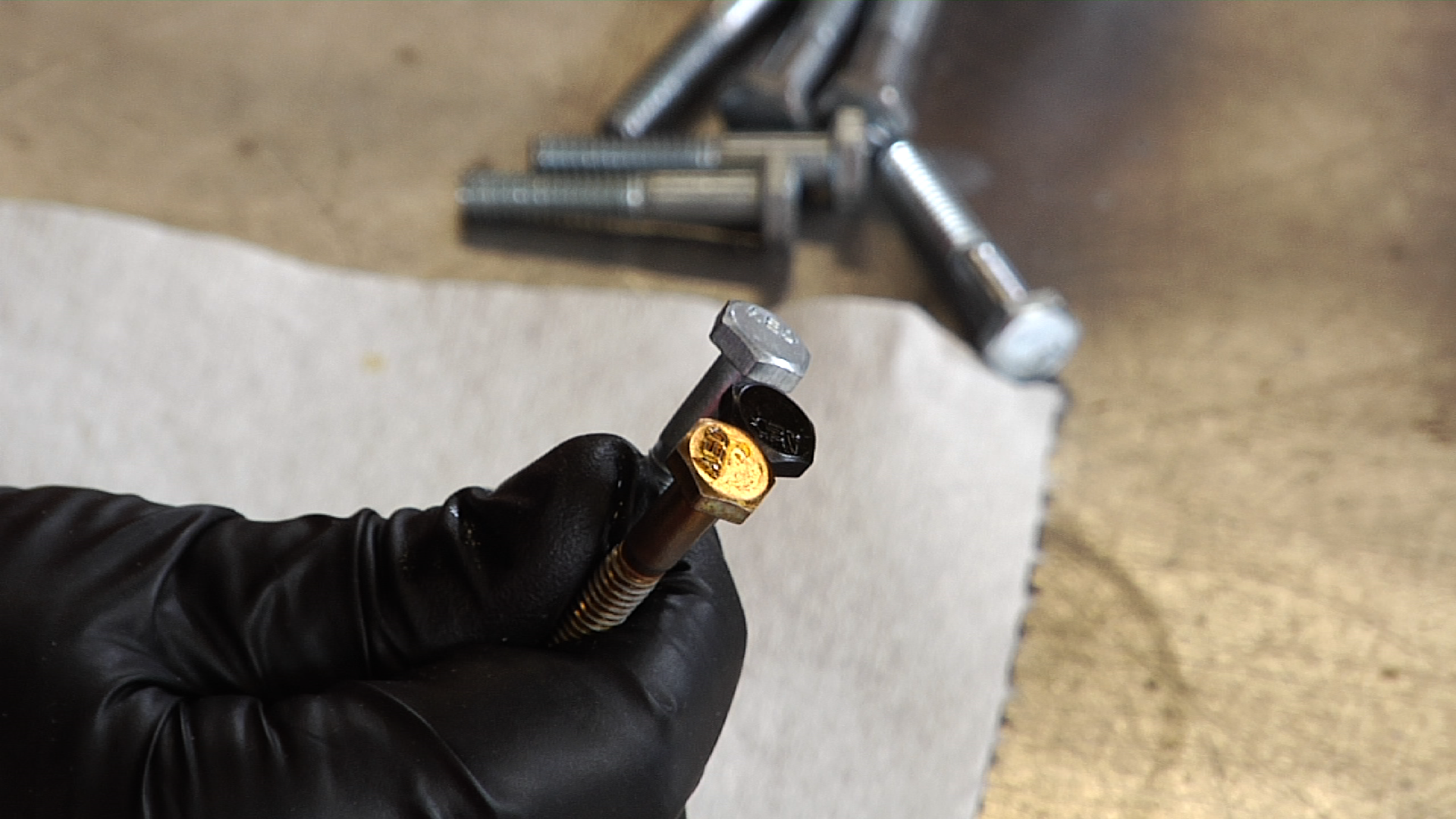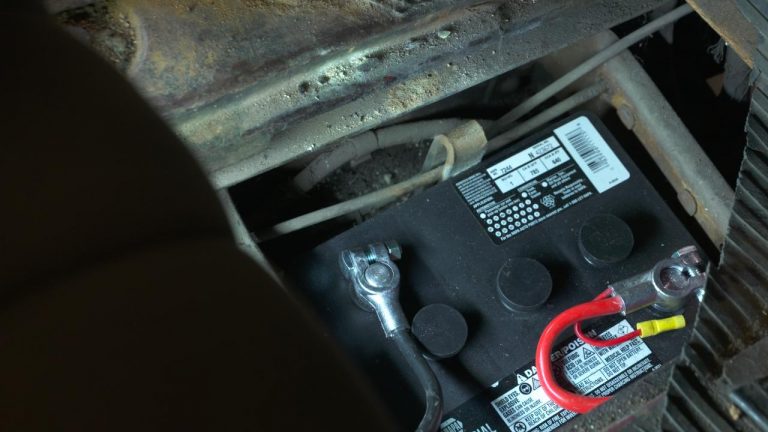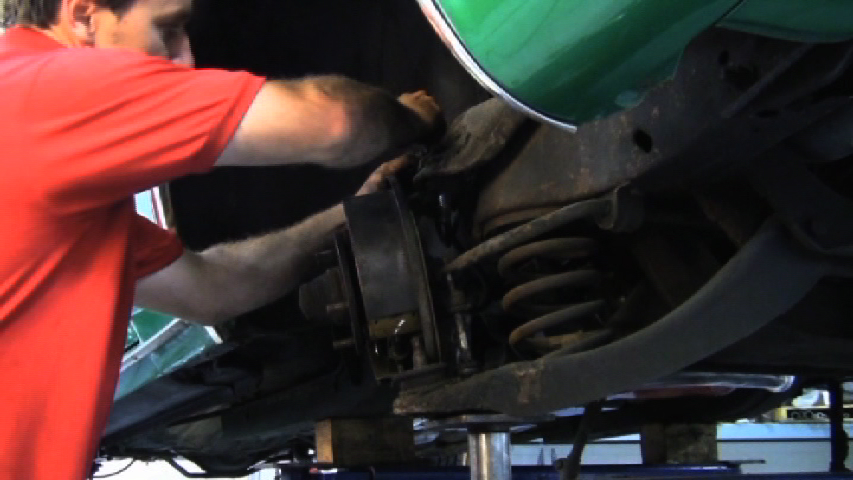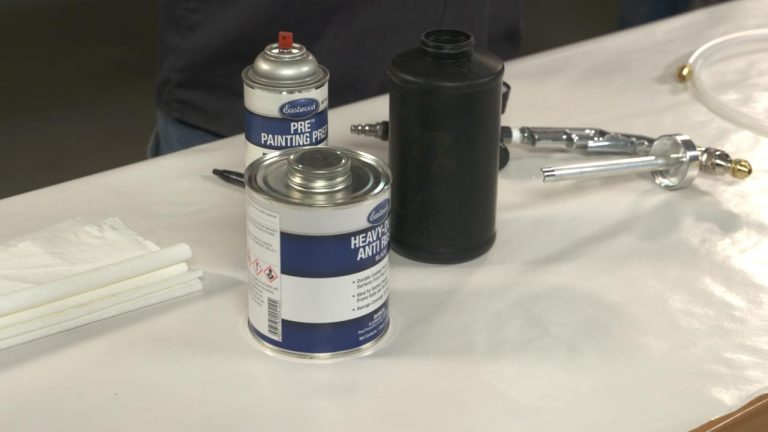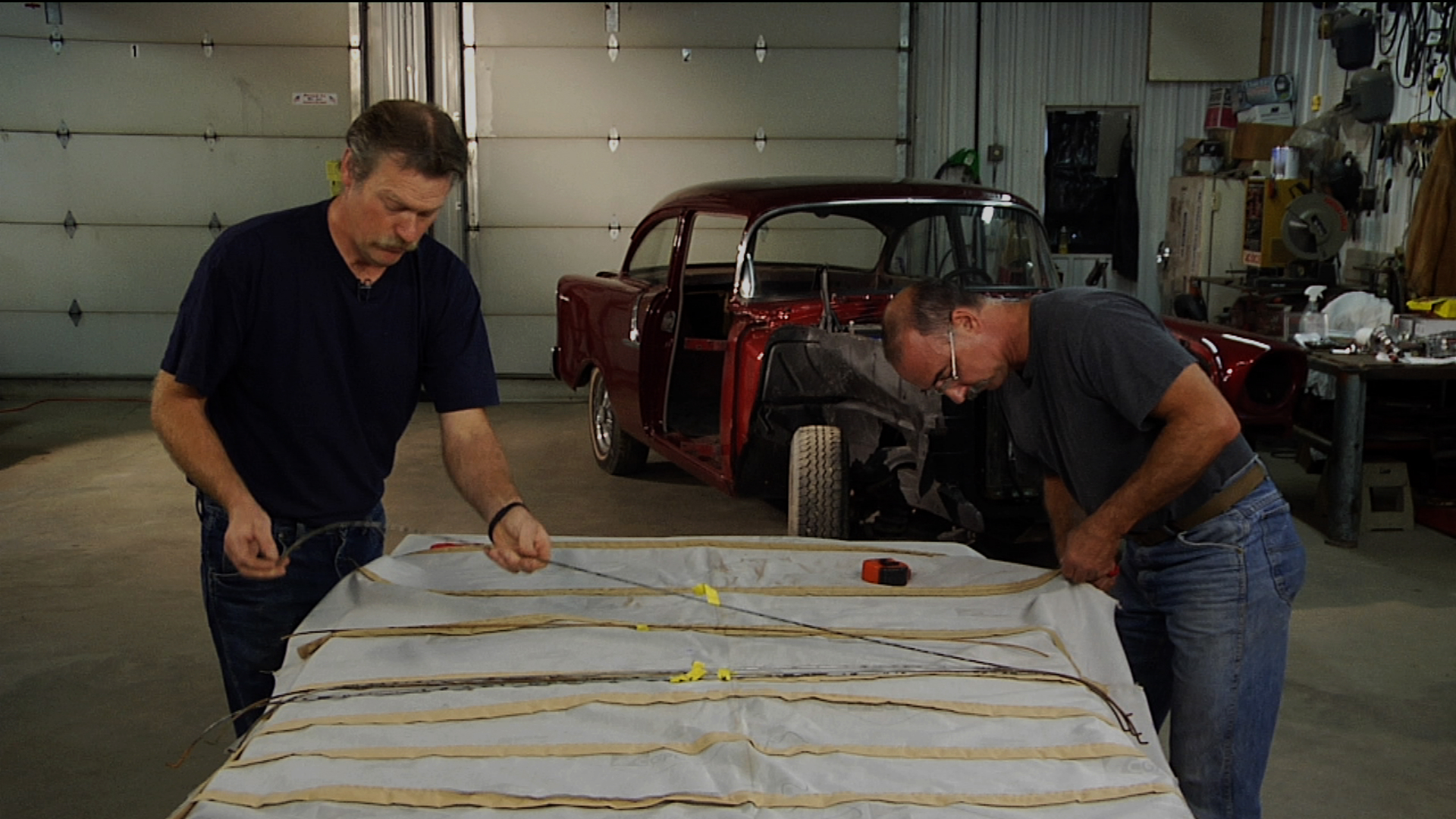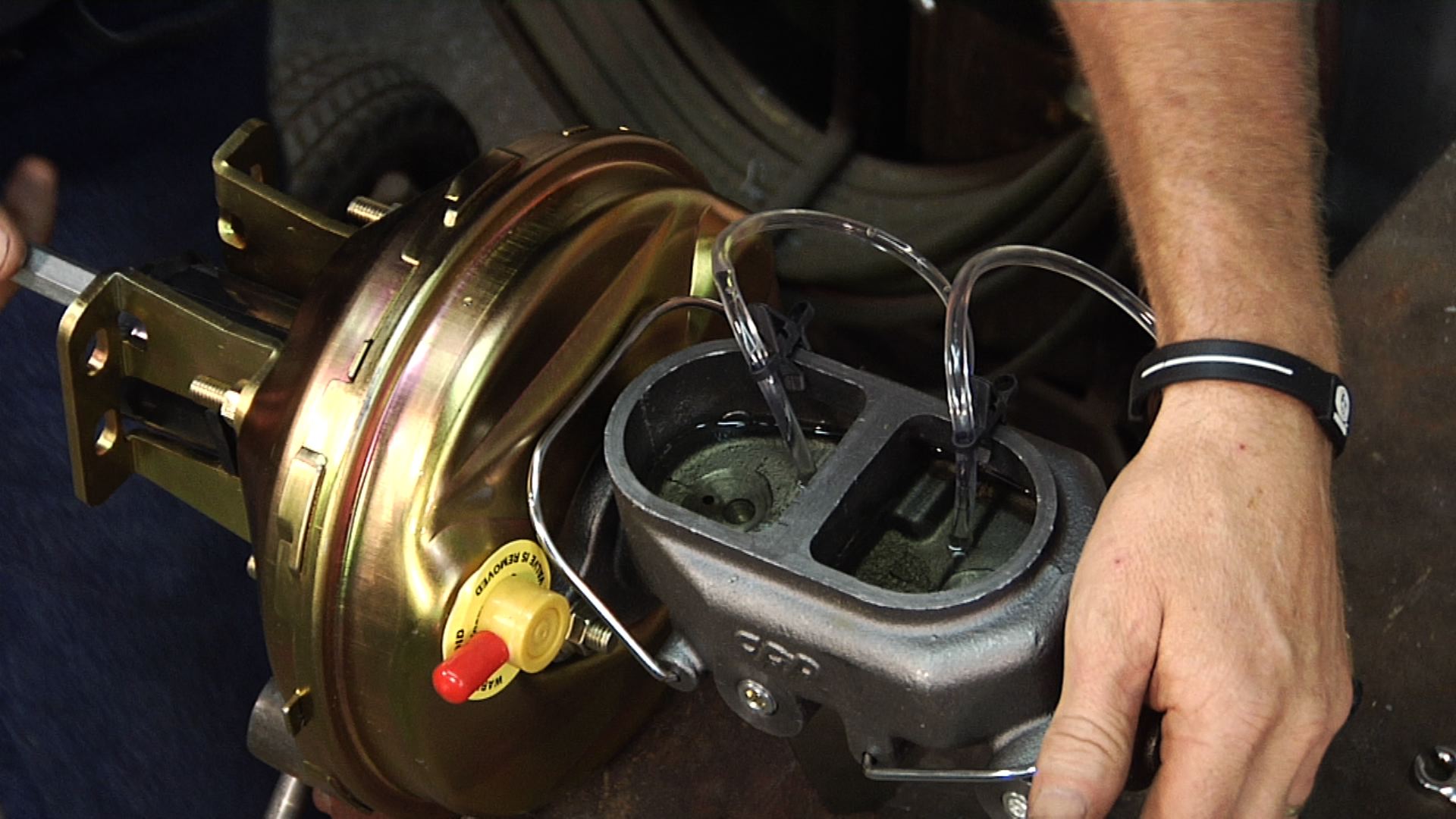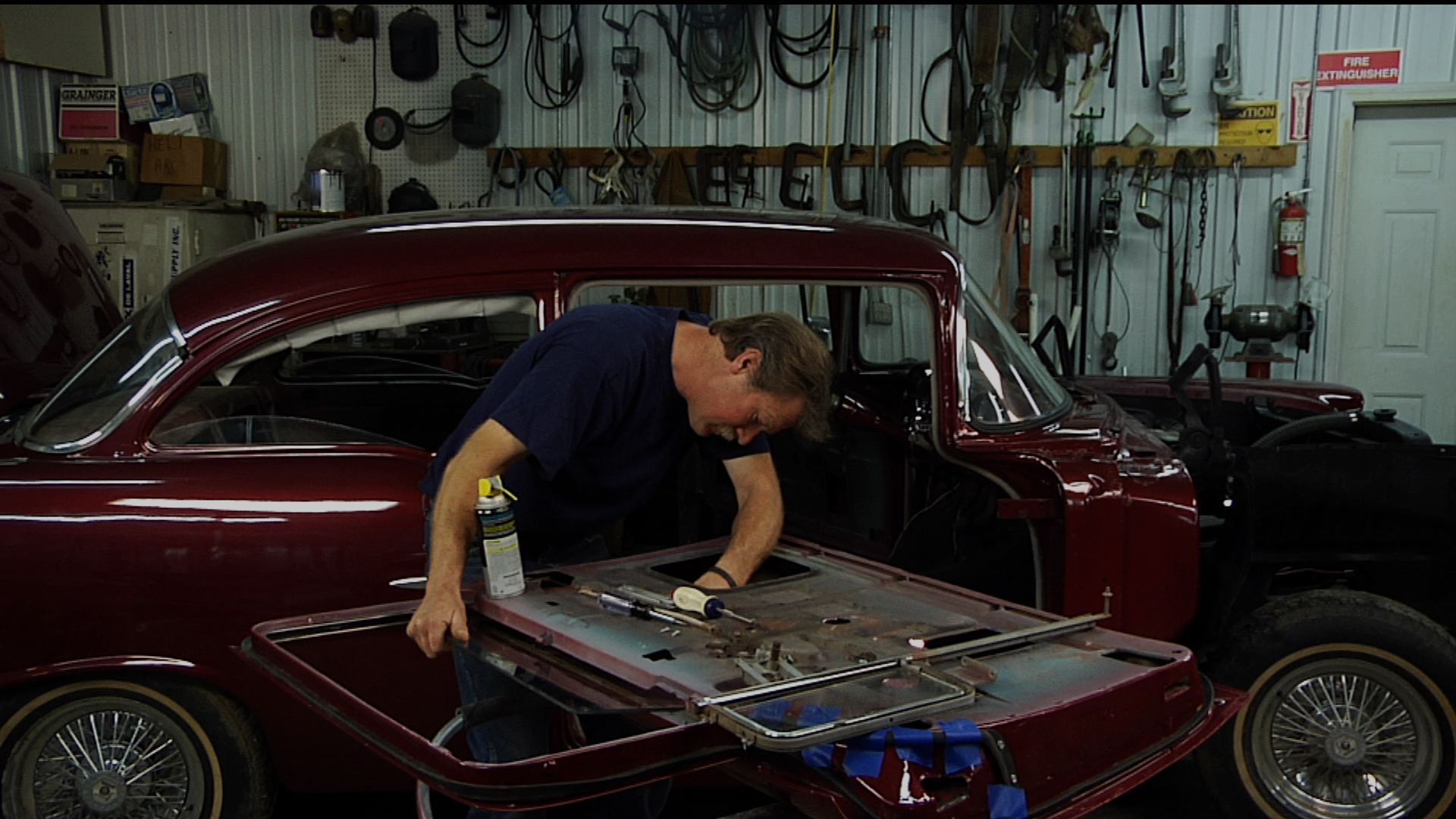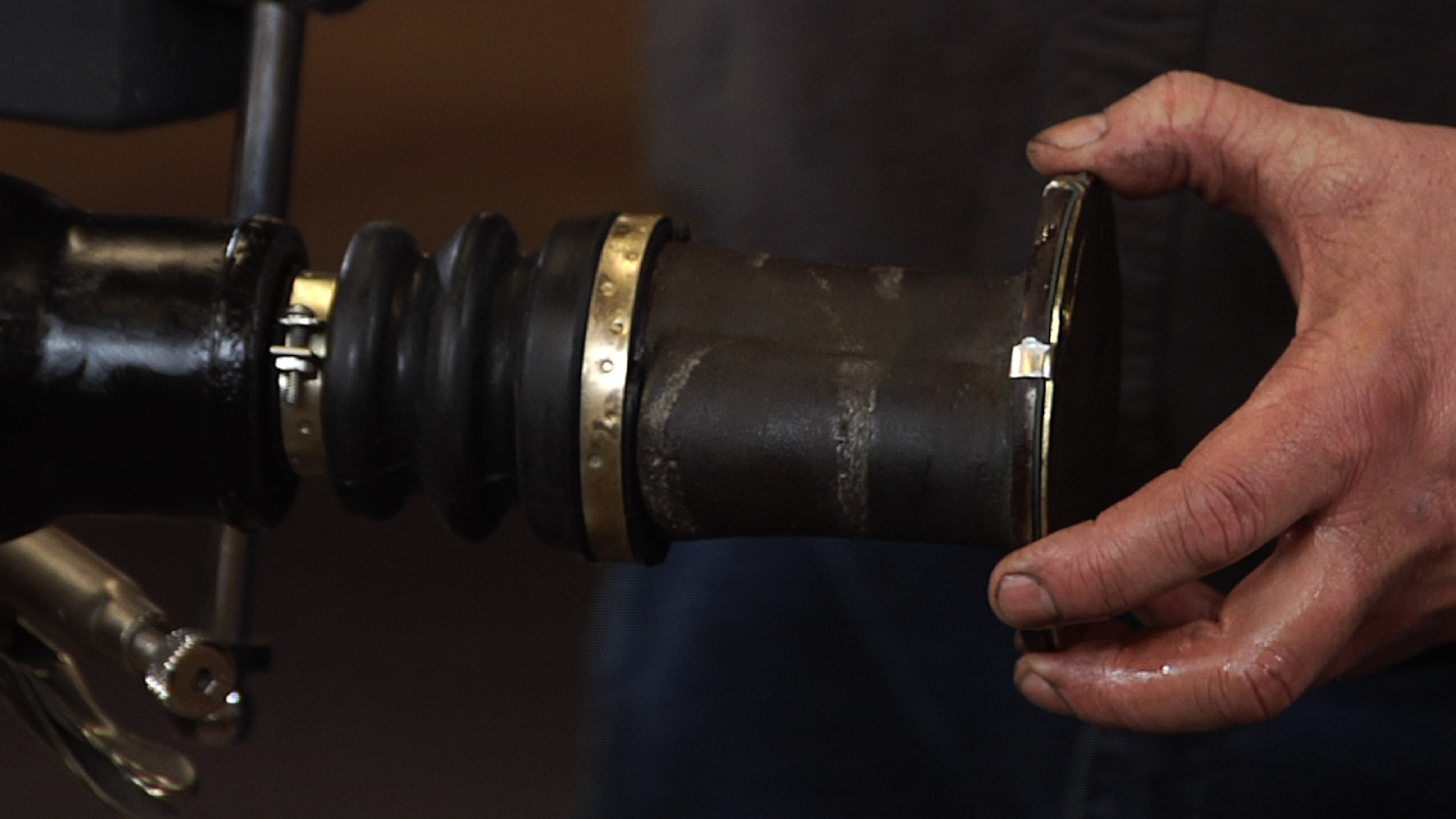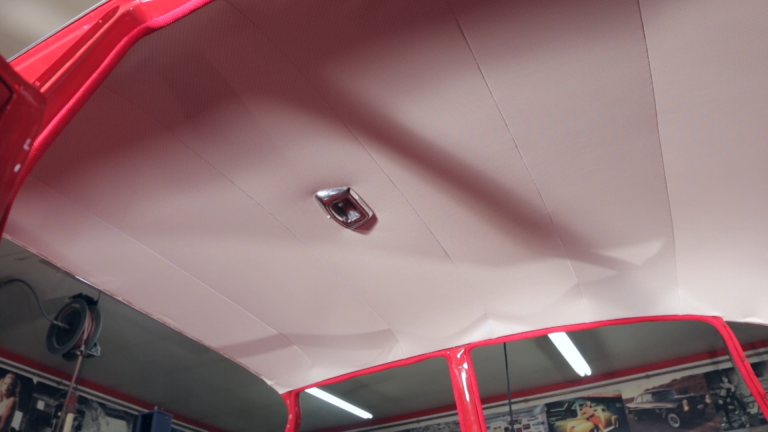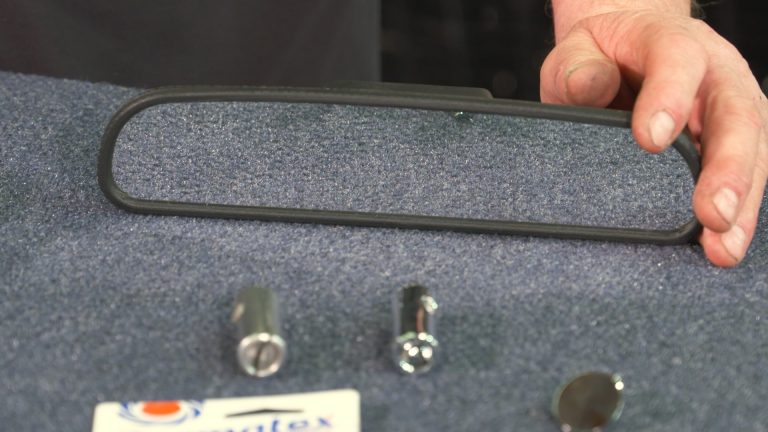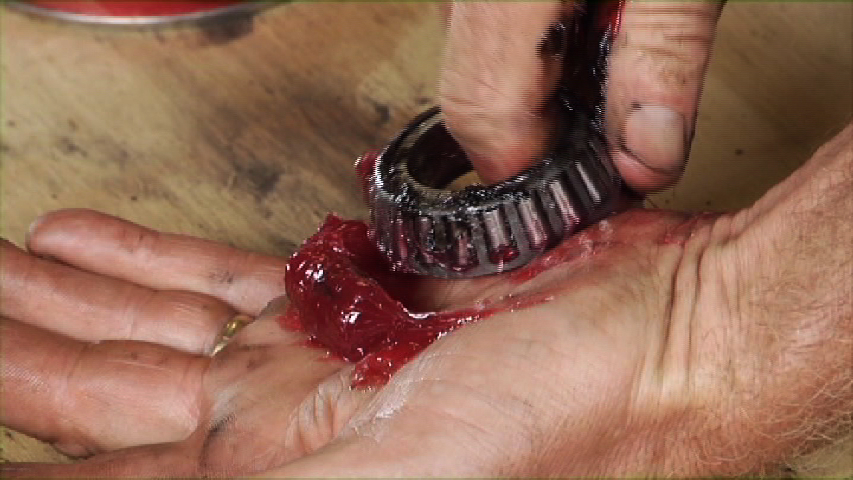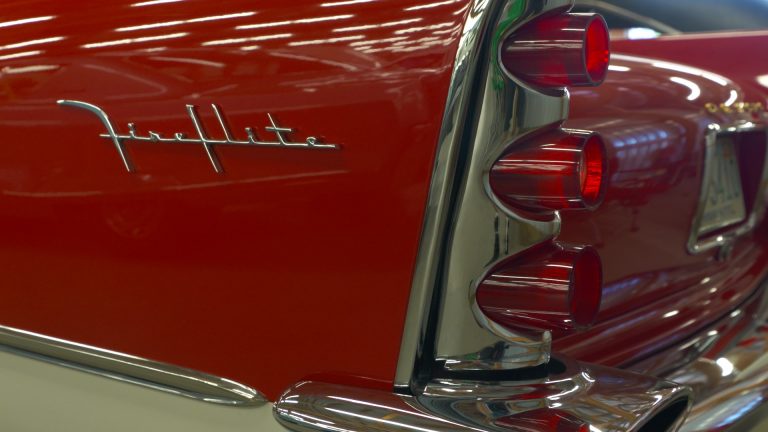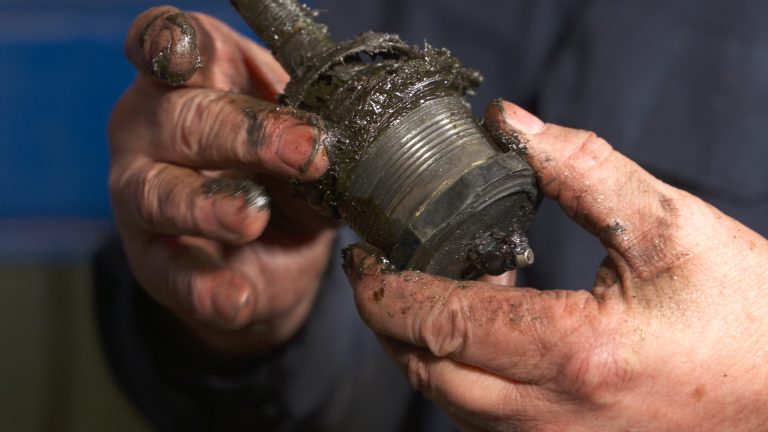
Rear Axle Seal Replacement
Mark SimpsonRoutine inspection of your classic car is a great way to detect problems early and resolve them before they get serious. Despite our best efforts, the occasional drip or leak is to be expected, whether your car is driven or just sitting in the garage.
One common area to observe is the inside of the tires. Any leak on the front and rear axles often shows up as a spray of fluid on the inside of the tire on cars that are driven, or simply a wet streak on cars that have been sitting. On the rear axle, leaks are most often brake fluid or rear axle differential oil, so identifying the type of fluid is the first step in determining the correct fix. When the fluid is determined to be rear differential oil, the source of the leak is often a rear axle seal.
Replacing a rear axle seal is a pretty straightforward process on Ford and Chrysler rear axles, whereas most ’60s and later GM rear axles use C-clips to retain the rear axles in the housing. These models require the clips to be removed in the differential before the axle shafts can be removed. Like any classic car project, using the right tools and process is key to success.
We join Mark Simpson in the shop as he replaces the rear axle seal on a 1967 Ford Mustang. Simpson demonstrates the correct method and tools to remove the rear axle, pull the old axle seal, and install the new seal. Mark also shares his tip for repurposing another great tool to make old axle seal removal easier. There should be no hesitation in rear axle seal replacement, as dripping oil can saturate brake shoes and pads and risk running your differential low on oil. Replacing rear axle seals on most cars can be done in a few short hours in the shop, but will prove to be time well spent with many more hours of trouble-free driving.
Explore videos by Mark Simpson
You may be interested in
Premium Membership
Unlock exclusive member content from our industry experts.
- 24/7 Access to Premium Videos, Tips, and Techniques
- Step-by-Step Instructional Demos, Guides, and Tutorials
- 50% Off Video Downloads Purchased in the Classic Car Restoration Shop
- Access to Ask the Expert Program
Unlock exclusive member content from our industry experts.
- 24/7 Access to Premium Videos, Tips, and Techniques
- Step-by-Step Instructional Demos, Guides, and Tutorials
- 2 Full-Length Video Downloads to Watch Offline
- 50% Off Video Downloads Purchased in the Classic Car Restoration Shop
- Access to Ask the Expert Program
Gold Membership
$304 Value
Get everything included in Premium plus exclusive Gold Membership benefits.
- 24/7 Access to Premium Videos, Tips, and Techniques
- Step-by-Step Instructional Demos, Guides, and Tutorials
- 10 Full-Length Video Downloads, added to your account, to Watch Offline
- ‘Wheel Bolt Circle’ Downloadable Guide, added to your account
- Discounts on Purchase-to-Own Content in the Classic Car Restoration Club Shop
- Access to Ask the Expert Program
